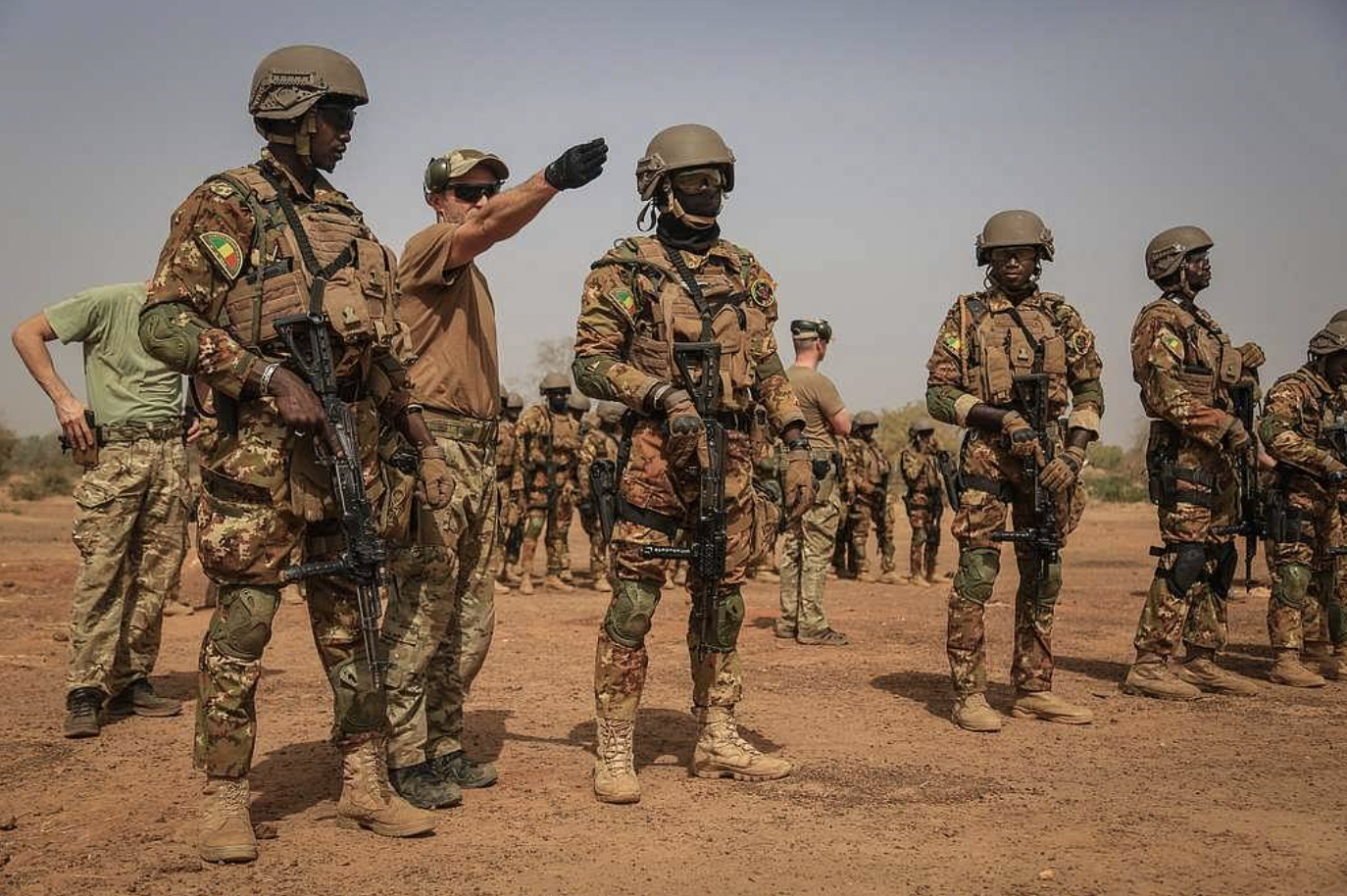Lessons for the Horn of Africa – from Afghanistan

In late September, those in the Horn of Africa watched with equal parts fascination and horror the scenes in Afghanistan. Fascination because the Taliban swatted aside the government and forced the US to evacuate a country it had controlled for 20 years in a haphazard and chaotic rush. And horror because, as a region, we have our own “forever war” as President Biden has called it, which bears many similarities to the Afghan conflict. And if lessons are not learned from the chaos in Kabul then the region may be destined to see it happen closer to home.
AMISOM’s perpetual mandate
In 2007, the AU Peace and Security Council authorised the creation and deployment of the African Union Mission in Somalia (AMISOM) to provide support and protection to the Federal Government of Somalia (FGS). Among other things, it was to “create conducive conditions for long-term stabilisation, reconstruction and development in Somalia.” A mission that sounds a lot like the nation-building project in Afghanistan. AMISOM was only authorised to operate for six months, but now, like clockwork, the AU and UN Security Council vote to extend the mission for six months, every six months – Africa’s own forever war.
Today, like the Taliban, Al-Shabab has not been beaten. It controls large geographical areas of the country, running its own government and collecting taxes. The federal government in Mogadishu – like its former counterpart in Kabul – continues to have legitimacy issues, and the Somali security forces are far from where they should be in terms of effectiveness and unity. When AMISOM leaves, it would be unsurprising if we see the quick rise of Al-Shabab in southern and central Somalia again.
A way forward?
So as AMISOM thinks about drawdown and eventual withdrawal, what can be learned from Afghanistan that can help prevent a resurgence of the threat that it has spent 14 years battling? There are five critical aspects to consider:
- First, there is no substitute for effective governance. The ineptness and corruption of the Afghan government opened the door for the Taliban’s return. People want competence and stability. AMISOM must invest in and work to strengthen the governance of the Somali government, if it is to have any real hope of survival without outside assistance.
- Second, it is critical to engage and work with indigenous governance systems. The Taliban fostered relations with chiefs and used these ties to negotiate the surrender of whole garrisons of Afghan troops. Traditional governance systems continue to hold a lot of sway in Somalia. It is well known that Al-Shabab engages with those systems. AMISOM and the SFG must engage and integrate those systems into their own strategies, giving them a stake in government and governance that they will then want to maintain and build, rather than ignore and allow to collapse.
- Third, a definition of success is sorely needed. What is AMISOM working towards? What is a win? The US never answered this question in Afghanistan, which led to mission creep and a lack of focus. AMISOM is an AU mission primarily resourced by regional states, paid for by the US and EU, whose interest is preventing the spill over of conflict from Somalia into the region. If there is no clear mission, then whatever is achieved is likely to be temporary.
- Fourth, honesty about the capabilities and effectiveness of the SFG is imperative. The US overestimated the capabilities of the Afghan army and based its withdrawal strategy on that assumption, with chaotic consequences. The violence earlier this year in Mogadishu after the president tried to extend his term demonstrated the fragilities of the federal government. Security forces quickly split along clan lines and turned their guns on each other. If AMISOM leaves, as it stands, the SFG might not be capable of holding its own.
- Finally, transparency should inform smart dialogue. Most wars end through dialogue and compromise – eventually, the US started talking to the Taliban. The US made a highly flawed deal with the Taliban, which contributed to the stunning collapse of the government. With AMISOM’s goals in mind, as well as the genuine capabilities of the SFG, any meaningful negotiations should focus on: what would be an acceptable deal for the AU and key regional states; and how AMISOM can integrate that into its withdrawal strategy, utilising its existing military capabilities to back its negotiating position and strengthen the SFG. So that when withdrawal does take place, it is an orderly, honourable, and stable one.
The Afghan conflict has ended in ignominy for the US. That need not be the case for the AU in Somalia. To prevent that, the AU needs to learn the lessons from Afghanistan and make sure it does not make the same mistakes. A region as fragile as the Horn of Africa – currently with conflict in Ethiopia, a fragile peace in South Sudan, and a coup in Sudan – can ill afford more chaos and instability.
About the Author
Eugene Ngumi is the Head of Intelligence and Analysis (I&A), as well as Public Policy and Regulatory Affairs (PPRA), for East Africa at Africa Practice.
Proud to be BCorp. We are part of the global movement for an inclusive, equitable, and regenerative economic system. Learn more


